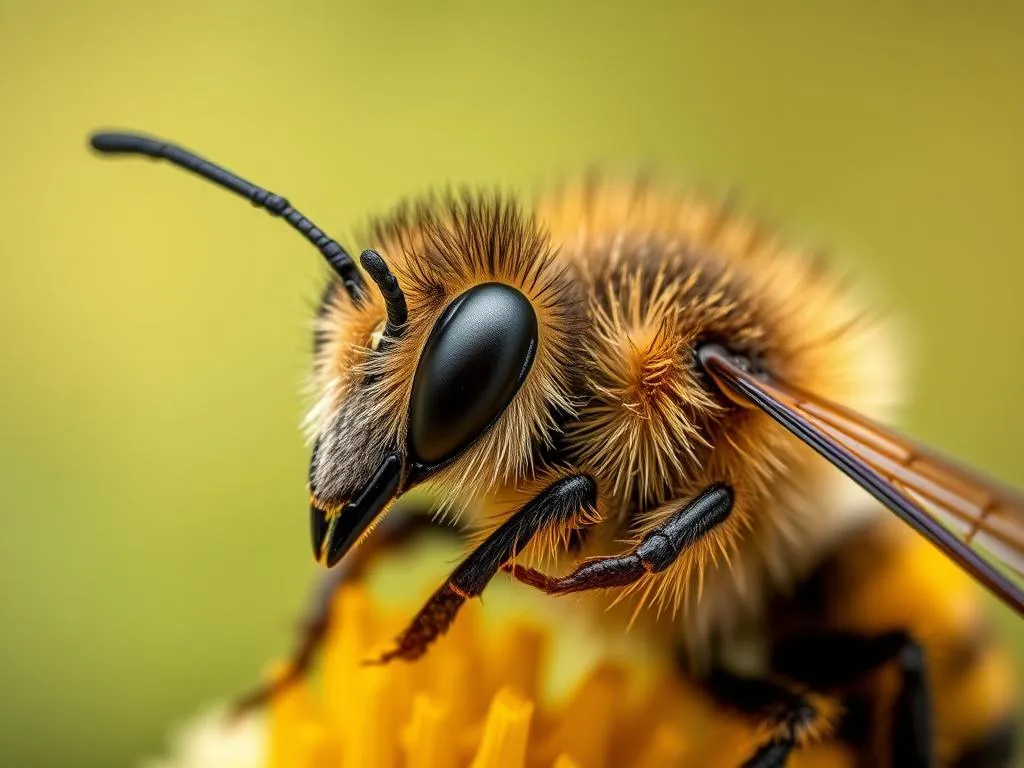
Introduction
Dog breeds are distinct groups of domestic dogs that have been developed through selective breeding to showcase specific qualities, characteristics, and behaviors. Understanding different breeds is essential for potential dog owners, as it helps ensure a good fit between the dog and the owner’s lifestyle.
One interesting hybrid breed is the Jack-a-Bee, a delightful mix of the Jack Russell Terrier and the Beagle. This breed combines the energetic nature of the Jack Russell with the friendly disposition of the Beagle, resulting in a dog that is both lively and sociable. The Jack-a-Bee has become increasingly popular, and learning about its characteristics, care requirements, and overall suitability can help prospective owners make informed decisions.
Understanding the Jack-a-Bee
Origin of the Breed
The Jack-a-Bee is a designer breed that arose from the intentional crossbreeding of two well-loved breeds: the Jack Russell Terrier and the Beagle. The Jack Russell Terrier, known for its intelligence and hunting abilities, has a lively and alert nature. The Beagle, with its friendly disposition and strong sense of smell, adds a gentle and affectionate temperament to the mix. The combination of these two breeds offers a unique blend of traits, making the Jack-a-Bee an appealing companion.
Historically, both parent breeds have roots in hunting, which contributes to the Jack-a-Bee‘s energetic and inquisitive personality. The breed has emerged in more recent years, with an increasing number of breeders recognizing the benefits of crossing these two distinct breeds.
Physical Characteristics
When it comes to physical appearance, the Jack-a-Bee typically falls into a medium size range. Most weigh between 20 to 30 pounds and stand about 10 to 15 inches tall at the shoulder. Their size makes them suitable for various living environments, from apartments to larger homes.
The coat of a Jack-a-Bee can vary but is generally short and smooth, requiring minimal grooming. Common colors include a mix of white, brown, and black, often displaying the classic Beagle markings. Distinctive features of this breed include floppy ears reminiscent of the Beagle, along with a sturdy, athletic build that reflects the Jack Russell’s heritage.
Temperament and Personality Traits
The Jack-a-Bee is known for its friendly and energetic demeanor. These dogs are typically very social, enjoying the company of people and other pets alike. Their playful nature makes them great companions for families, especially those with children, as they tend to be patient and gentle.
In addition to their affectionate personality, Jack-a-Bees are intelligent dogs. This breed is eager to please, which often translates to good trainability. However, potential owners should be prepared for a spirited dog that may exhibit stubbornness at times, particularly if not adequately exercised or mentally stimulated.
Care Requirements
Diet and Nutrition
Feeding your Jack-a-Bee a balanced and nutritious diet is crucial for their overall health. High-quality commercial dog food, whether kibble or raw, can provide the essential nutrients needed for development. The specific dietary needs may vary based on age, weight, and activity level, so consulting with a veterinarian for personalized recommendations is advisable.
For puppies, a protein-rich diet will support their growth and energy needs, while adult dogs benefit from a balanced mix of proteins, fats, and carbohydrates. Always ensure fresh water is available, as Jack-a-Bees can be quite active and require hydration.
Exercise Needs
One of the most critical aspects of caring for a Jack-a-Bee is meeting their exercise requirements. These dogs are energetic and thrive on physical activity. Daily walks, playtime in the yard, or engaging in dog sports can help keep them fit and happy. A minimum of 30 to 60 minutes of exercise each day is recommended, along with mental stimulation through puzzle toys or training exercises.
Neglecting their exercise needs can lead to boredom and behavioral issues, such as excessive barking or destructive chewing. Therefore, it’s vital to incorporate both physical and mental activities into their daily routine.
Grooming
Grooming a Jack-a-Bee is relatively straightforward due to their short coat. A weekly brushing can help remove loose hair and dirt, keeping their coat healthy and shiny. Bathing should be done as needed, typically every few months unless they get particularly dirty.
Additionally, regular ear checks are important since the Jack-a-Bee has floppy ears that can trap moisture and debris. Keeping their ears clean and dry helps prevent infections. Don’t forget dental care; regular tooth brushing and dental chews can help maintain oral health.
Health Considerations
Common Health Issues
Like all breeds, Jack-a-Bees can be prone to certain health issues. While hybrid vigor can reduce the risk of genetic disorders, some common concerns include hip dysplasia, eye problems, and obesity. Regular veterinary check-ups can help catch any potential health issues early, ensuring a longer, healthier life for your dog.
Monitoring their weight is particularly important, as both parent breeds can be prone to obesity if not appropriately managed. A balanced diet and regular exercise can mitigate this risk.
Lifespan and Aging
The average lifespan of a Jack-a-Bee ranges from 12 to 15 years, which is typical for small to medium-sized breeds. As they age, they may experience changes in energy levels and mobility. Providing a comfortable space for them to rest, along with appropriate dietary adjustments for seniors, can support their health as they transition into their golden years.
Regular veterinary visits become increasingly important as dogs age, focusing on health screenings and adjustments to their care routine as needed.
Training and Socialization
Basic Training Techniques
Training a Jack-a-Bee can be a rewarding experience, thanks to their intelligence and eagerness to learn. Positive reinforcement methods, such as treats and praise, are highly effective. Starting training early is crucial, as it sets the foundation for good behavior and helps establish a strong bond between you and your dog.
Basic obedience commands like sit, stay, and come are essential, and incorporating fun tricks can keep training sessions engaging for both you and your Jack-a-Bee. Consistency is key; regular practice will reinforce their learning and improve their skills.
Socialization Strategies
Socialization is another vital aspect of raising a well-adjusted Jack-a-Bee. Introducing them to various people, pets, and environments from a young age helps them become confident and adaptable adults. Dog parks, puppy classes, and supervised playdates with other dogs can provide valuable experiences.
Proper socialization not only enhances their temperament but also helps reduce anxiety and fear in new situations. The more positive exposures they have, the more balanced and resilient they will become.
Living with a Jack-a-Bee
Ideal Living Conditions
Jack-a-Bees are versatile and can adapt to different living situations, from apartments to homes with yards. However, they do require space to play and exercise. A secure, fenced yard is ideal, but daily walks and trips to the dog park can also satisfy their activity needs.
While they can live in smaller spaces, regular exercise is crucial to prevent boredom. Ensuring they have access to outdoor areas for play is essential for their well-being.
Family Integration
Integrating a Jack-a-Bee into family life can be a joyful experience. Their playful nature and affectionate demeanor make them great companions for families. Encouraging family members to participate in training, exercise, and playtime fosters a strong bond.
Activities like hiking, fetch, or agility training can provide excellent outlets for their energy and intelligence. Additionally, involving children in care routines can teach responsibility and strengthen the connection between them and their furry friend.
Adoption and Purchase Considerations
Finding a Jack-a-Bee
When looking to add a Jack-a-Bee to your family, consider adoption from shelters or rescue organizations specializing in mixed breeds. Many wonderful dogs are in need of homes, and adopting can be a rewarding experience.
If you choose to purchase from a breeder, ensure they are reputable and prioritize the health and well-being of their dogs. Responsible breeders will provide health clearances for the parent breeds and be willing to answer any questions about the breed’s characteristics.
Cost of Ownership
The cost of owning a Jack-a-Bee involves both initial and ongoing expenses. Initial costs include adoption fees or purchase price, vaccinations, spaying/neutering, and initial supplies like a crate, food, and toys. Ongoing costs include food, regular veterinary visits, grooming, and potential training classes.
Budgeting for unexpected expenses such as emergency veterinary care or health issues is also wise. Being financially prepared helps ensure you can provide the best care for your Jack-a-Bee throughout its life.
Conclusion
The Jack-a-Bee is a charming hybrid breed that brings together the best traits of the Jack Russell Terrier and the Beagle. With their friendly disposition, intelligence, and energy, they make wonderful companions for families and individuals alike. Understanding their characteristics, care requirements, and health considerations is crucial for ensuring a happy and healthy life for your new furry friend.
Owning a Jack-a-Bee requires commitment and responsibility, but the rewards of companionship, loyalty, and love they offer make it all worthwhile. If you’re considering bringing a Jack-a-Bee into your home, prepare for a joyful and active relationship that will enrich your life for years to come.









